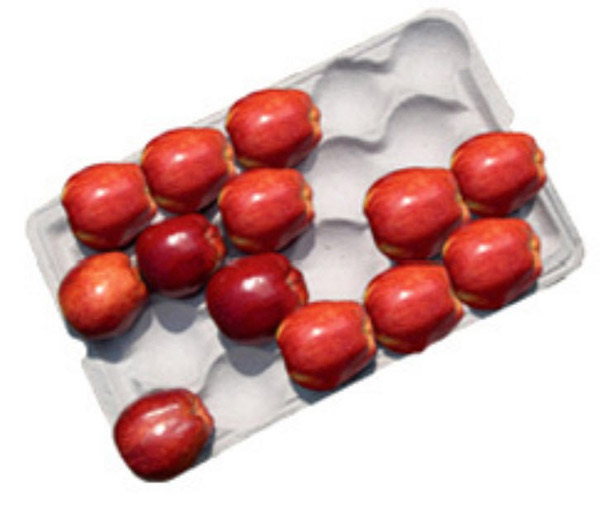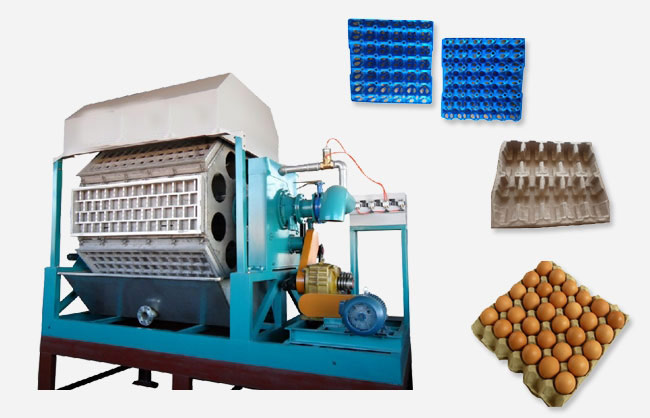These days, an egg tray production line results in the production of top-class and –quality egg trays. The molded pulp manual egg tray machines of today feature energy saving capability, high efficiency and low maintenance. These machines are capable of producing high quality molded fiber egg trays using just about any kind of waste paper. Recommended raw material includes clean recycled paper, old newspaper, used corrugated cartons, etc. These machines tend to be fully automatic or semi-automatic. They produce anywhere between 6 cell and 15 cell egg trays and use electricity or thermo oil is used to dry them.
How Does An Egg Tray Production Line Operate?
Waste paper is inserted into a hydrapulper, which beats the paper into a pulp with a 4% consistency. A refiner and vibrating screen clean and refine the pulp, and U/G civil works pools then dilute and agitate the clean and refined pulp. Depending on the requirements, coloring dyestuffs and a waterproof agent like AKD or aluminum Sulphate (rosin wax) are also added. Finally, the working pulp is further diluted until it has a consistency of 1%. If you want to know more about the process, click here: https://eggtraymakingmachine.net/.

At the front side of the molder, each transfer mold that consists of 2 egg tray transfer molds is gradually transformed into a forming mold via compressed air blowing. Compressed air and vacuum are then used to deliver 2 wet egg trays from the forming molds. The wet trays are then automatically moved onto a moving dryer conveyor, and another production cycle is repeated. It usually does not take 7 seconds or more for each egg tray production line cycle to be completed. The machines used are even capable of producing other molded fiber products, such as apple trays, meat and vegetable portion trays, etc.
Ultimately, after being dried, the egg trays are automatically collected, dried and finally stacked into bundles. Our automatically egg tray machine can complete the whole process automatically. This is how an egg tray production line operates.
